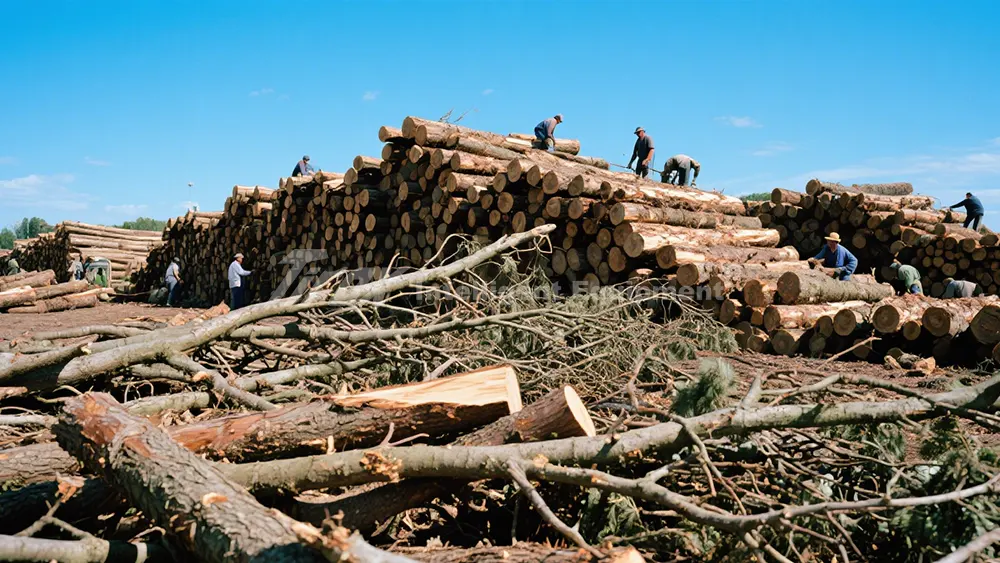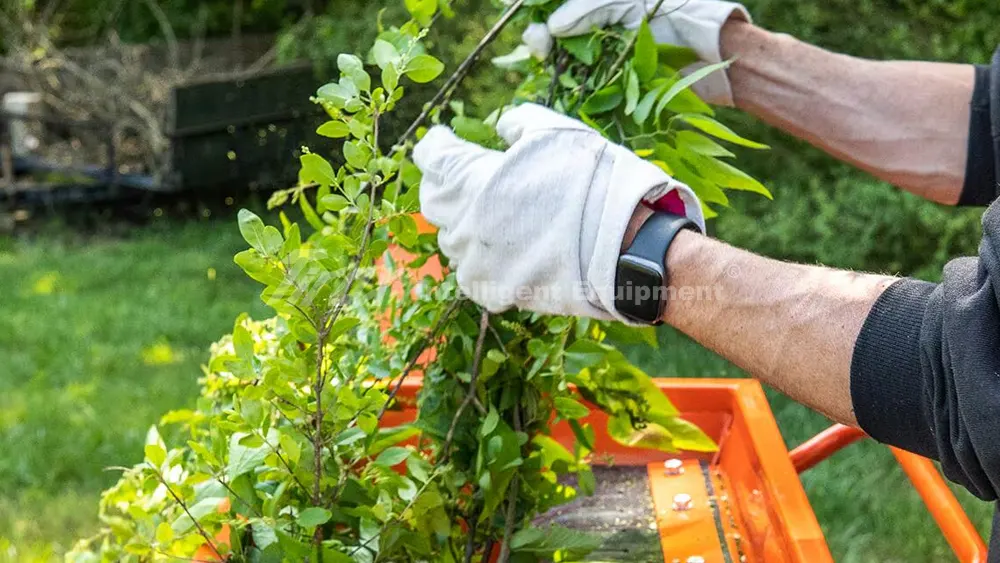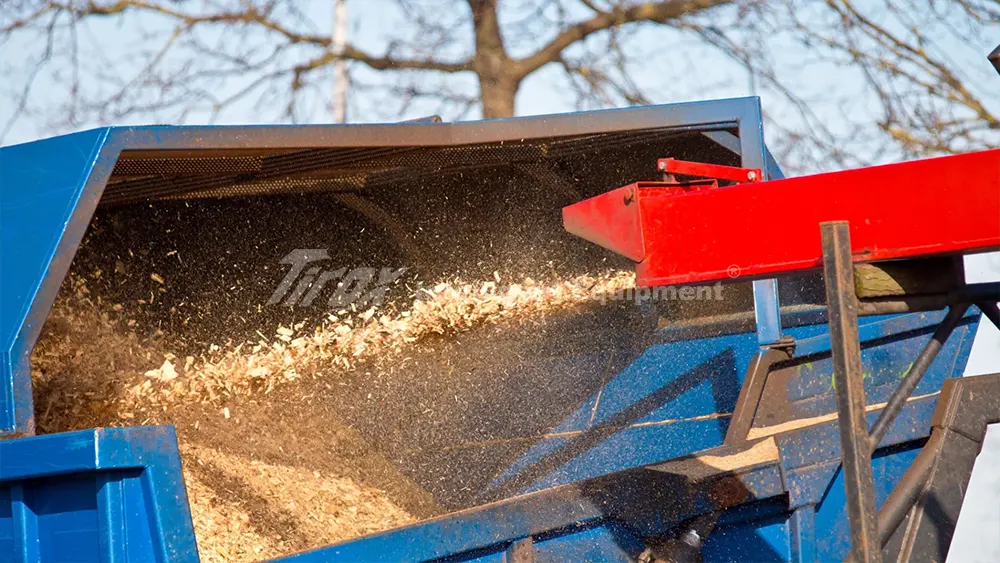Wood pellet machines are widely used in the wood processing industry to compress raw materials such as wood chips into pellets, which are commonly used for biomass fuel, animal feed, and wood processing. Understanding the operating principles and daily maintenance tips of wood pellet machines is essential for improving production efficiency and extending the machine’s lifespan.

Operating Principle of the Wood Pellet Machine
Feeding System
The operation of a wood pellet machine begins with the feeding system. Raw materials are evenly fed into the compression chamber through the feeding device. Controlling the right amount of feed is crucial. Overfeeding or underfeeding can affect the quality of the pellets and the machine’s efficiency. The ideal feeding amount ensures stable machine operation and high pellet quality.
Compression and Molding Process
Once the wood chips enter the compression chamber, the pellet machine applies pressure using rollers to compress the raw material into pellets. This process also involves temperature control, as the right temperature helps the wood chips to compress better, forming uniform pellets. The molding die plays a key role in determining the size of the pellets, with the die’s hole size directly affecting the final pellet specifications.
Pellet Discharge and Cooling System
After compression, the wood pellets are extruded through the discharge outlet and then cooled by the cooling system. The cooling process helps maintain the hardness and stability of the pellets. If cooling is insufficient, the pellets may become loose, affecting their quality.
Daily Maintenance Tips for the Wood Pellet Machine
Cleaning and Inspection
Cleaning the wood pellet machine after each production run is an essential step. Pay special attention to areas like the feeding inlet, compression chamber, and discharge outlet, which tend to accumulate wood chips. Regularly clean dust and debris inside the machine to prevent clogging and ensure smooth operation. Cleaning also helps reduce wear and tear, extending the equipment’s lifespan.
Inspecting Key Components
Key components of the pellet machine include the rollers, molding die, and bearings. Regularly inspect these parts for wear. Particularly, the molding die can become worn or clogged over time, resulting in lower pellet quality. It is also important to check the rollers and bearings regularly and lubricate them to maintain smooth operation.
Checking the Motor and Electrical System
The motor is the heart of the wood pellet machine, so it is crucial to check its operating status. Regularly inspect the motor’s voltage and current to ensure stable operation. Also, check the electrical wiring for aging or damage, which could lead to electrical faults that disrupt production.
Adjusting Equipment Settings
Adjust the roller pressure and feed speed based on different wood chip types and moisture content. For raw materials with higher moisture content, reduce the feed speed and increase the roller pressure to improve pellet formation. Additionally, adjusting the temperature settings ensures the quality of the pellets remains consistent.

Common Problems and Solutions
Loose or Broken Pellets
If the pellets are loose or broken, first check the condition of the molding die and rollers. Worn or damaged dies or rollers may need to be replaced or repaired. Also, check the moisture content of the raw material and the feed speed, as high moisture or rapid feeding can affect pellet compactness.
Uneven Feeding
Uneven feeding can lead to inconsistent pellet quality or even blockages in the machine. Check that the feeding device is functioning properly and that the feed amount is uniform. Regularly clean the feeding inlet and feeding device to prevent blockages caused by accumulated wood chips.
Overheating of the Equipment
Overheating can reduce the machine’s efficiency and even cause malfunctions. Check if the cooling system is working properly to maintain adequate cooling. If the cooling system is faulty, repair it immediately. Also, check if the motor is running under excessive load and adjust the feeding amount accordingly to prevent prolonged high-load operation.
Conclusion: Key to Efficient Operation and Maintenance
Understanding the operating principles of the wood pellet machine and conducting regular maintenance is essential to improving production efficiency and extending the machine’s service life. Regular cleaning, inspecting key components, checking the motor and electrical system, and adjusting equipment settings are key practices to ensure smooth operation.






